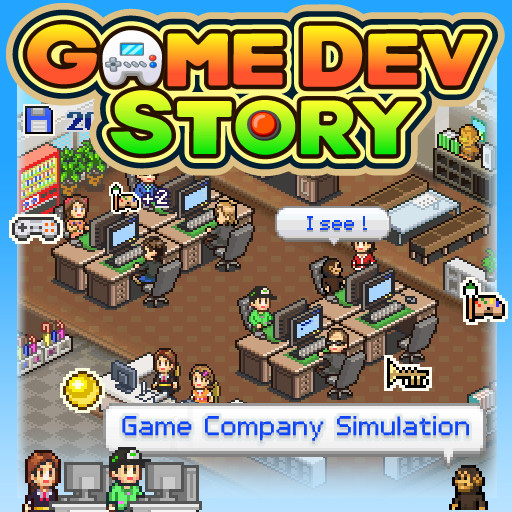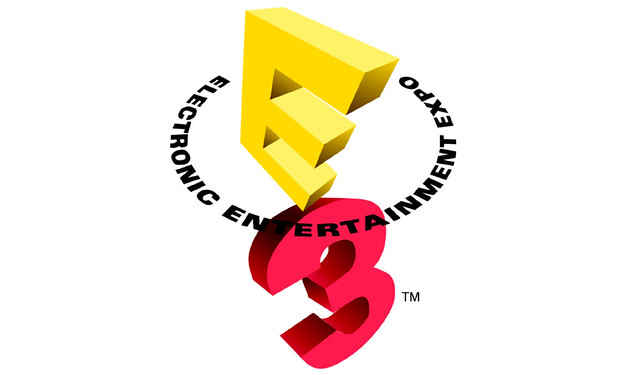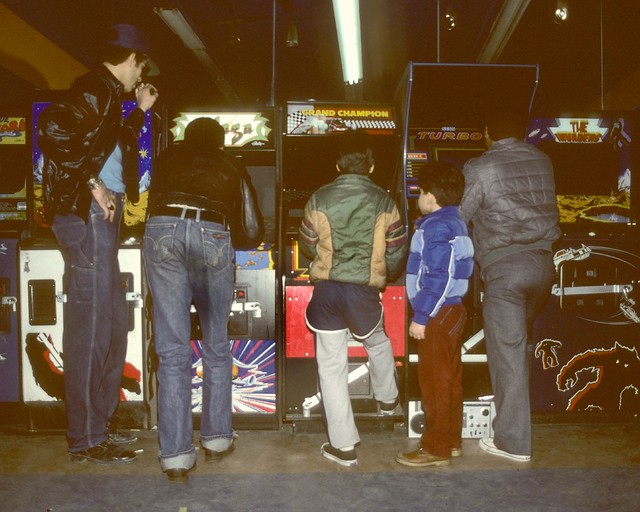Austin explains why he wishes Arkham Knight’s Gotham was more populated and analyzes the relationship between superheroes and cities.
Giantbomb is running this article that is perfect to explore the big issue with writing about games.

I know what Austin wants. I love it too, wandering in a virtual place that has a life is sweet. For some. For others, it’s not that interesting and when you make a game you have to compromise really quick. Why? Because really quickly when you have your prototype and your systems running, your characters on screen, assets, you realized that having a “real” city running in the background might be too much if not possible at all.
That’s really the core here. Writers so often think that design stuff is fluid in the build process, it is not. High level design (“make the city alive”) is attached to real things like machine performance, how good your code is, how many people work on this, and how much is already happening. Design is very fragmented at this point, fragile, dependent. And most people have no idea most of the time. Batman Arkham Night is a thick sandwich, there’s a lot going on. Making an open world game gorgeous with almost no loading is some serious achievement. It’s a performance and game writers often just don’t see it this way they think we can just put more stuff in front of the camera, that we just need time. Wrong.
Then, we always have this kind of dumb argument: “but game developer X did it before!” Please, never use that argument that’s the worst. It’s like saying “you can’t run the 100m under 10s? It’s been done before so often!!”. It is a dumb argument.
It takes a lot to make a city feel like it’s alive in a computer game. Taking GTA V as an example of how to do it is oblivious: everyone knows Rockstar is the only company that can/financially afford to do that. Stop being coy! GTA V is five years of development, half a decade with according to Wikipedia over 360 people. Austin goes on with The Witcher 3 doing the city well: four years of development with 230 people in Poland.
Rocksteady is 160 people in the UK. They had four years too but probably way more pressure (it’s the godamn Batman), even just financially (London is far more expensive than Warsaw).
I know, that producer shit is not fun. But when I see people complain –and I’m on Austin’s side, I like wandering in digital cities that feel alive- I’m always annoyed that people don’t realize that it’s not JUST design decisions. It’s not just TOP DOWN, there’s a lot of BOTTOM UP in game development and when an engineer is telling you “we can have an open world but forget about making it alive without HUGE issues” you don’t tell him “but I really want that” you find ways to mitigate that aspect. Make the player drive that Batmobile a lot for example.
Welcome to game development where you can do anything while you can’t at all.








